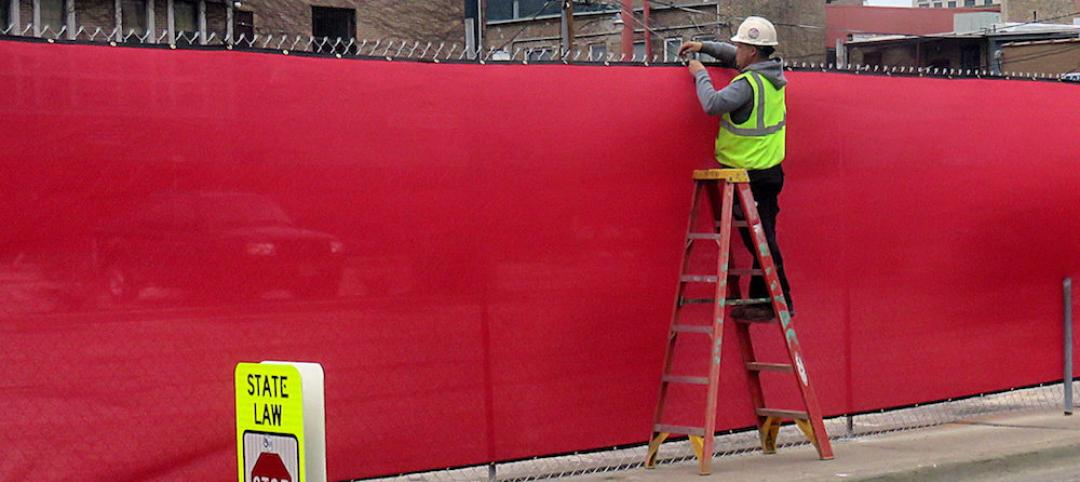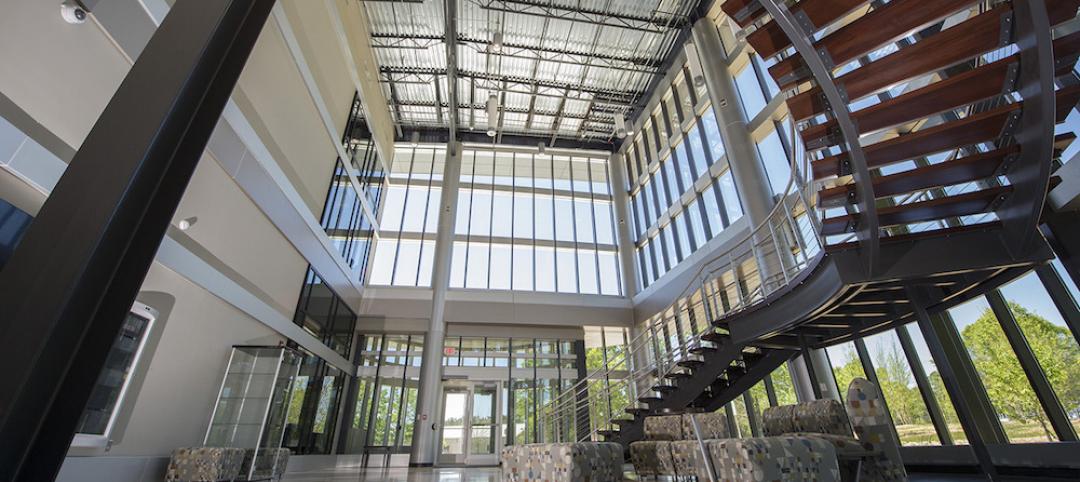Energy efficiency upgrades in multifamily properties offer benefits to residents including lower utility bills, but some of the materials used in these projects to better insulate buildings can create health hazards.
A new report by Energy Efficiency for All (EEFA)—Making Affordable Multifamily Housing More Energy Efficient: A Guide to Healthier Upgrade Materials—offers a comprehensive guide for builders and policymakers in the use of readily available, healthier insulation and sealing materials. It includes policy frameworks to accelerate these materials’ adoption and improve air quality.
Currently, contractors and building owners are most focused on boosting efficiency performance levels of insulation and air sealing specifications with less consideration for the potential air quality impact of materials such as spray foam and modified polymer and polyurethane sealants. These materials commonly contain isocyanates, flame retardants, and phthalates that have been linked to health problems.
There are opportunities to promote healthier retrofit materials through green standards, but a broad industry discussion is needed to build consensus around a common approach, according to an article at the Natural Resources Defense Council. The Low-Income Housing Tax Credit, the most common financing source for building, renovating, and retrofitting affordable multifamily housing, for example, is a key driver in materials decisions. It could be used to promote the use of healthier insulating materials.
Related Stories
Drones | Jul 13, 2016
FAA issues final rule on commercial use of drones
The rule covers commercial uses for drones that weigh less than 55 pounds, and it takes effect Aug. 29.
Codes and Standards | Jul 12, 2016
OSHA raises maximum civil penalties by 78%
Applies to infractions that occurred after Nov. 2, 2015.
School Construction | Jul 11, 2016
Fight over school funding in Arizona headed to court
Legislature accused of ignoring 1994 ruling ordering state to pick up some of the costs.
Green Specifications | Jul 8, 2016
World Green Building Council sets goal of 100% net-zero buildings by 2050
All new buildings and major renovations to be net-zero by 2030.
Market Data | Jul 7, 2016
Airbnb alleged to worsen housing crunch in New York City
Allegedly removing thousands of housing units from market, driving up rents.
Urban Planning | Jul 7, 2016
Y Combinator project would build new city using new technology, urban policies
Zoning, property rights, building codes all could be re-imagined.
Green | Jul 6, 2016
U.S. healthcare system’s GHG emissions rise 30% in past decade
If U.S. healthcare were a country, it would rank 13th in GHG emissions.
Codes and Standards | Jul 5, 2016
State legislature fails to pass law to extend design-build for New York City projects
Would have allowed five city agencies to use alternate delivery method.
Energy | Jun 30, 2016
Energy Department partnership with CoStar Group will study sustainability impact on property valuation
Database will offer rich data set on energy-efficient buildings in the U.S.
Contractors | Jun 30, 2016
Chicago contractor found guilty of fraud on city’s requirement on minority-owned businesses
Alleged to have been sham business in bid to win city public works contract.

















